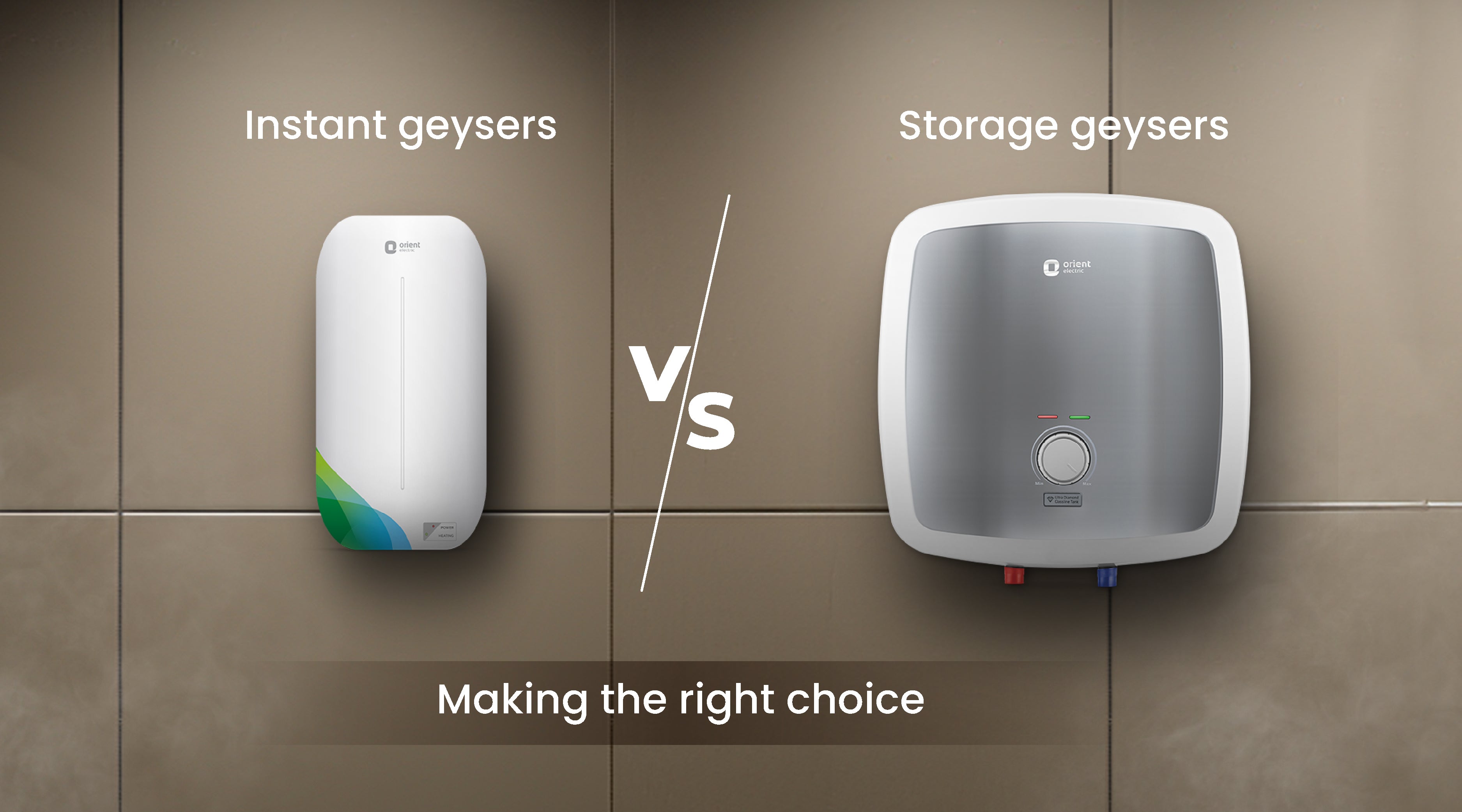Energy-efficient models are available in all geyser sizes.
Wiki Article
Just how to Select the Right Geyser to Maximize Power Effectiveness in Your Home
Selecting an energy-efficient geyser is not as uncomplicated as it seems, requiring mindful evaluation of various variables. From comprehending the different kinds of geysers, to evaluating their power efficiency rankings and thinking about positioning method, each decision plays an essential function in making the most of efficiency. Balancing the initial financial investment with long-term cost savings is also vital. Let's start this journey to uncover exactly how to make one of the most informed choice for a hot spring that will certainly decrease your power bills while making certain optimal efficiency.
Recognizing the Different Kinds Of Geyser
While there are different kinds of geysers readily available on the market, recognizing the distinctions in between them is crucial for power efficiency (geyser sizes). The very first kind, storage hot springs, are one of the most usual and store warm water in a tank for usage when needed. They are readily available in different abilities and are typically energy-efficient, yet they can lose warm when not in usageThe second type is the tankless geyser, which warms water on demand, leading to less energy waste but requiring a higher initial power draw. Solar hot springs make use of solar power to warm the water, making them the most energy-efficient yet additionally the most costly.
Analyzing Your House's Warm water Requirements
Before diving into the acquisition of a hot spring, it is essential to evaluate the hot water demands of your family. This evaluation ought to consider countless aspects including the number of house members, frequency of warm water usage, and the variety of warm water outlets in the home (geyser sizes). A tiny household with irregular warm water usage might call for a smaller, much less powerful geyser compared to a bigger family with numerous everyday warm water requirements
The type of devices that require warm water likewise play a substantial duty. Dishwashers and cleaning makers, for example, may call for more warm water than an easy shower or cooking area sink. Additionally, specific tasks such as bathing or cleaning additionally influence the regularity and volume of warm water required.
Evaluating Energy Performance Ratings of Geyser
Having actually assessed the hot water demands of your household, it's crucial to transform your attention to the energy efficiency scores of hot springs. These ratings, typically offered as Power Element (EF), suggest a hot spring's overall energy effectiveness based upon the quantity of warm water produced per system of gas taken in over a regular day. The higher the EF, the a lot more reliable the hot water heater.
Considerations in Geyser Size and Placement
Beyond energy efficiency rankings, the size and placement of your geyser are essential elements to take into consideration. The dimension of the geyser must align with their website your house's warm water needs. A little geyser may use much less power yet might not supply sufficient warm water for multiple uses at the very same time, whereas a bigger device can satisfy higher demand but might eat more power.Placement also influences power effectiveness. Geysers should be mounted near factors of use to minimize warmth loss throughout water transportation. A centrally located geyser can service numerous locations efficiently. Additionally, considering thermal insulation, a hot spring located in a warmer area sheds less heat and consequently utilizes less power to preserve the water temperature.
Cost Evaluation: Stabilizing Initial Investment and Long-Term Savings
While size and placement certainly play substantial functions in a hot spring's energy performance, one should not overlook the monetary facet. When thinking about the first investment, the cost of energy-efficient hot springs can be higher than typical designs. Nonetheless, the enhanced upfront expense can be countered by long-term energy financial savings, making it a worthwhile financial investment in the lengthy run.Analyzing long-term cost savings calls for an understanding of the geyser's power rating. An appliance with a higher score will certainly eat less energy, translating to lower energy costs in time. Additionally, federal government motivations and discounts for energy-efficient appliances can also help recover preliminary expenses.
Finally, upkeep and lifespan should be factored in. Energy-efficient geysers frequently have longer lifespans and lower maintenance prices, adding to total financial savings. When stabilizing preliminary investment and long-term financial savings, one need to think about not only the purchase rate yet likewise energy intake, federal government rewards, and maintenance prices.

Conclusion
Selecting an energy-efficient geyser needs cautious consideration of various elements. These include comprehending the sorts of geysers, examining your family's warm water requirements, examining power effectiveness scores, and determining expense benefits. click this link The right geyser size, positioning, and insulation can significantly reduce power costs and ecological effect. Making a well-informed choice can lead to significant long-lasting cost savings, making it read a worthwhile financial investment for your home.Report this wiki page